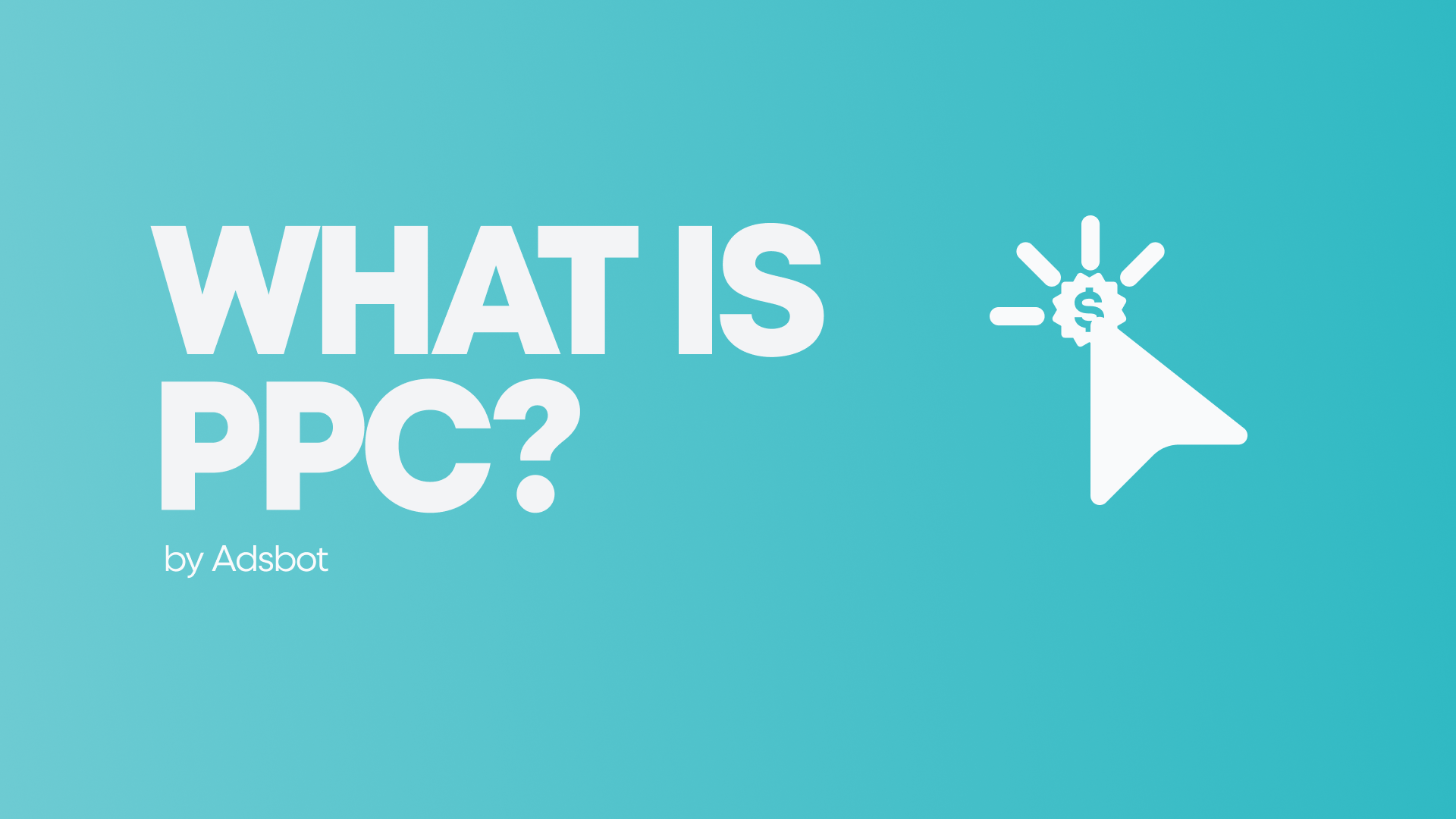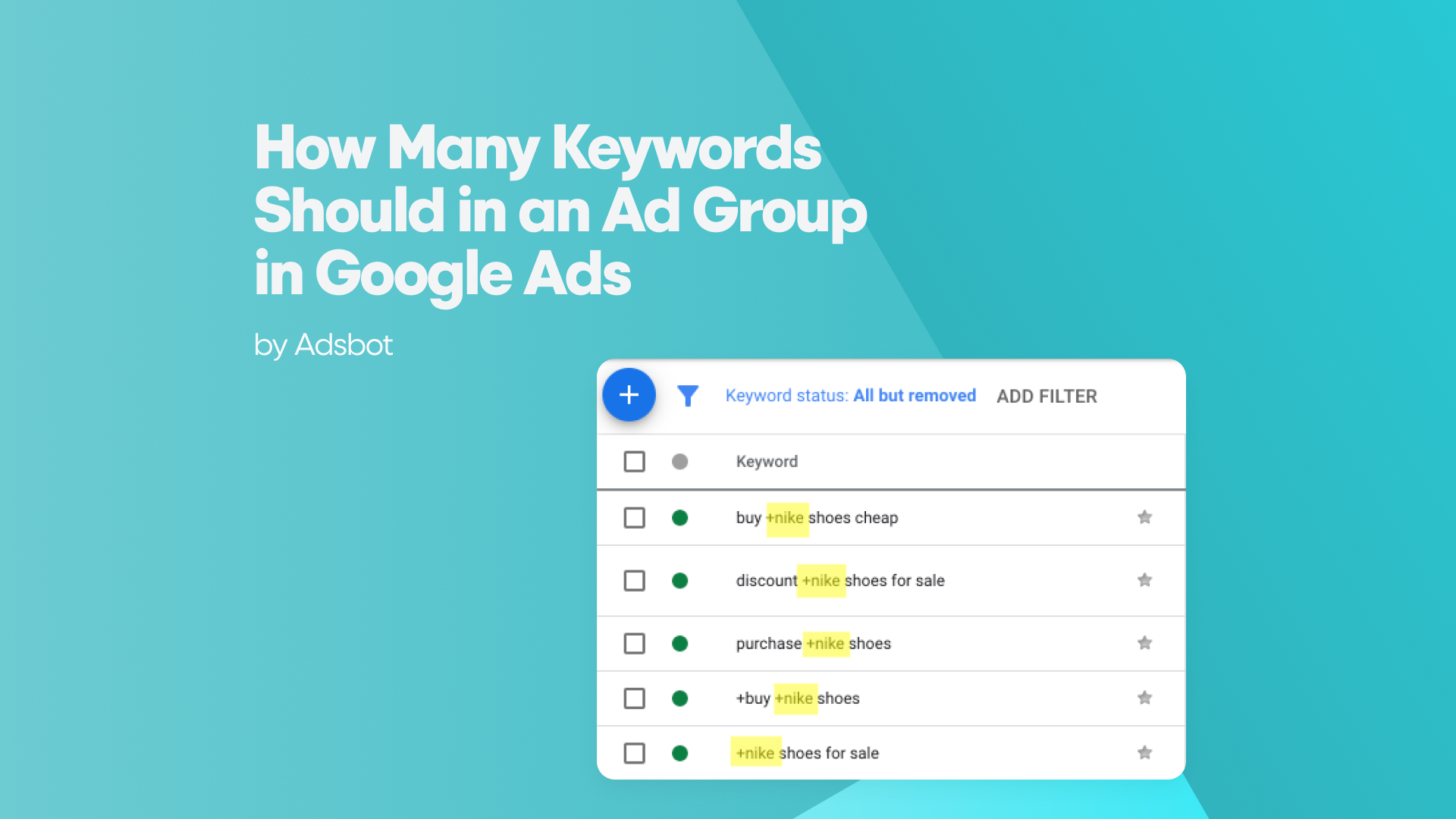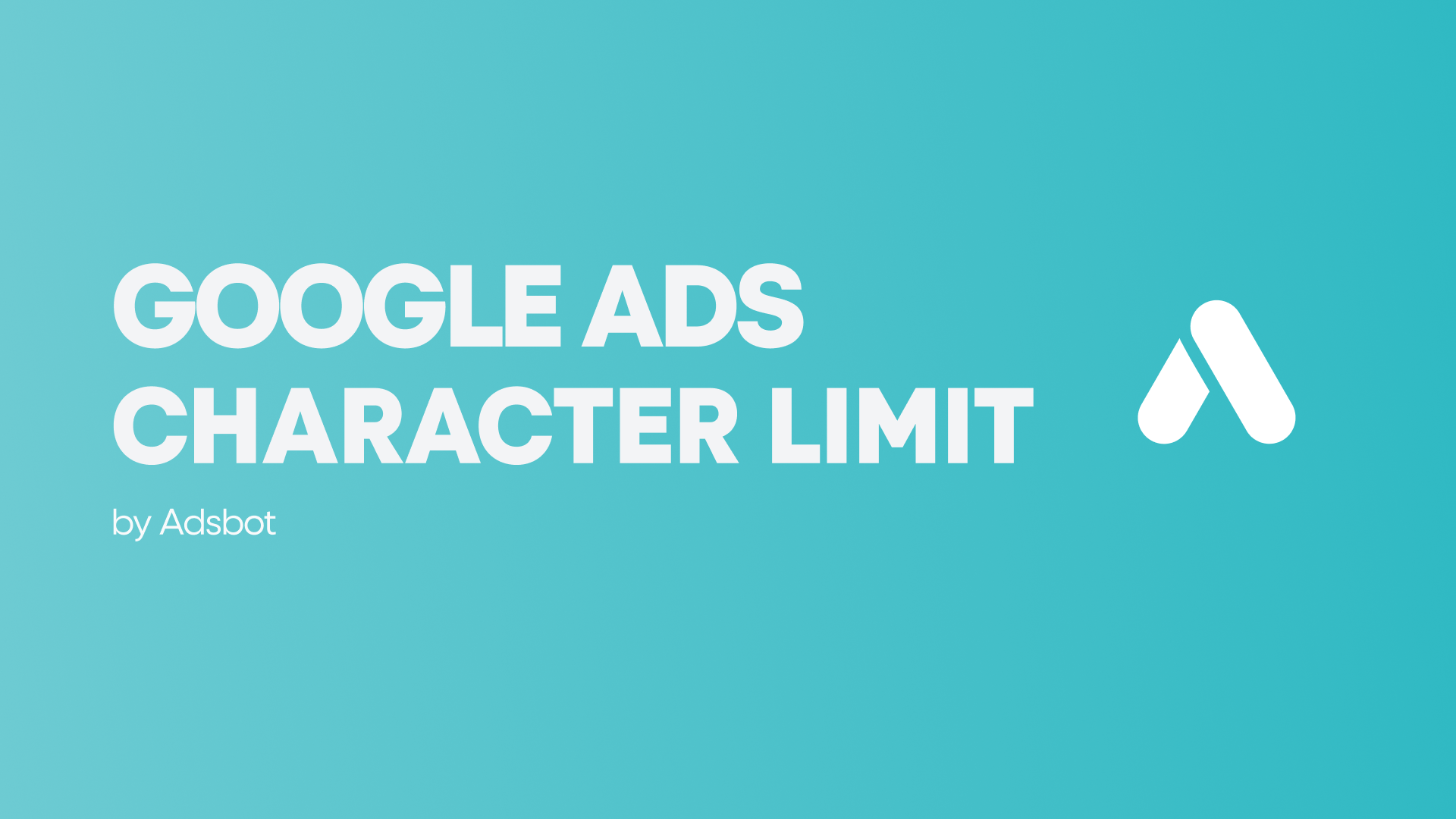What is PPC?
Pay-per-click (PPC) advertising is a popular digital marketing strategy that allows businesses to place ads on search engines, social media platforms, and other websites. The name “pay-per-click” refers to the fact that advertisers only pay when someone clicks on their ad.
In PPC advertising, advertisers create and place ads that target specific keywords, locations, and demographics. When someone performs a search using one of these keywords, the advertiser’s ad may appear in the search results, and the advertiser will be charged a fee each time someone clicks on the ad.
Why is PPC Important?
PPC advertising is an important marketing strategy for several reasons:
- Immediate Results: PPC advertising can deliver immediate results, as your ads can start appearing in search engine results within a matter of hours. This allows you to quickly test the effectiveness of your campaigns and make adjustments as needed.
- Targeted Advertising: With PPC advertising, you can target specific demographics, locations, and keywords, ensuring that your ads reach the right people at the right time. This helps to increase the relevance and impact of your ads, and reduces the risk of waste.
- Measurable Results: PPC advertising provides detailed data and insights into the performance of your campaigns, allowing you to track your results and measure the return on your investment.
- Cost-Effective: PPC advertising is a cost-effective way to drive traffic to your website and generate leads. You only pay when someone clicks on your ad, and you can control your budget and set a maximum spend limit to avoid overspending.
- Competitive Advantage: With PPC advertising, you can compete for search engine real estate with larger companies, and reach a wider audience than you would be able to through organic search alone.
In conclusion, PPC advertising can deliver immediate, targeted, measurable, cost-effective, and competitive results for businesses of all sizes. By investing in PPC advertising, you can reach a wider audience, increase your brand visibility, and generate more leads and sales.
It is easy to control, edit and modify your PPC ads, especially in Google Ads. Google Ads optimization score section has more than 50 recommendations to improve ads. For example, if your optimization score is 80, it is possible to increase the ads’ optimization score by 20 points with these suggested changes. Google Ads optimization is not a one-time work; it should be managed continuously and done with changing user needs.
How Does a PPC Work?
When it comes to PPC advertising, the first thing that comes to mind is Google Ads Campaigns. Here is a list of the steps for an advertiser or business owner who will create a campaign for the first time after opening a Google Ads account:
- Choose the campaign type
- Choose the campaign purpose
- Adjust campaign settings such as budget and bidding strategy
- Adjust ad group settings which is the most important part of this step is keywords
- Complete creative assets in the ad level
- Ready to publish
The most important step is to choose the Google Ads campaign types that best fit the business and goals. Campaign types are Google Search, Display, Video, Discovery, Performance Max, and App Campaigns. Then, campaign objectives are “sales,” “leads,” “traffic,” “product and brand consideration,” “brand awareness and reach”, and “app promotion,” and there is also an option to continue without a goal.
You will get charged per click after the ad is published; views do not cost anything. Still, it is important to pay attention to how many views the ads get because the CTR is calculated by the click-to-view ratio, an important metric that measures the success of the ad. CTR gives you important information about your ads. For more information on this, you can check the “What is CTR” article.
What Does PPC Mean in Social Media?
Although Google Search and other Google campaign types come to mind when PPC advertising is mentioned, PPC is also frequently used in social media advertising. In social media advertising, you can pay per click, which is CPC , or you can be charged per thousand impressions, which is CPM . So, it is important to notice the difference between clicks and impressions, creating a distinction in payment methods. Meanwhile, when comparing CPC vs. CPM, basically as two bid strategies, the campaign strategy and priorities of the business should be considered brand-specific. Note that there are also automated bidding strategies in both Google Ads and Facebook Ads.
PPC in social media is available on social platforms like Facebook, Facebook Messenger, Instagram, Linkedin, WhatsApp, and even Snapchat. Still, Facebook is the most popular platform where social PPC is used, with its simple and self-service functionality. In social PPC, audience targeting can be based on demographics, interest in specific topics, or customer data gathered by the platform, which includes previous website visitors, potential customers, and current customers who purchase goods or services from the company over time. Social PPC is closer to Google Display ads than Google Search ads because Facebook offers more user-oriented targeting based on users’ interests and actions than Google Search campaigns, where advertisers focus on targeting users’ search terms.
PPC Optimization and Measurement
The optimization process of PPC campaigns is as important as setting up the campaign correctly, as the customer journey does not go in a straight line, and user needs are constantly changing. When optimizing the campaign, it’s a good start to use metrics to analyze how it works and the recommendations in Google Ads. The ad’s quality score and optimization score should be as high as possible, and luckily, Google Ads gives suggestions on how to improve the quality score and optimization score.
Quality score and optimization score can also affect the ad rank and position. Ad rank is a term that is used for a state where the ad is shown on the result page. Google tries to decide the order in that ads will be shown in each search query. It is a split-second activity which is called an ad auction, and Google decides whether an ad is eligible to show or not according to quality score.
Important metrics to look at when measuring the success of an ad:
- Quality Score
- Click-through Rate
- Impression Share
- Average Cost Per Click
- Conversion Rate
- Cost Per Conversion
- ROAS (Return on Ad Spend)
In Social PPC, additional actions such as likes, comments, and follows should be checked besides sales or other conversions. Note that there are different campaign performance analysis methods for each digital advertising platform and for each business goal.
How Does Adsbot Help You?
Adsbot helps you automate and optimize your campaigns in a minute. You can analyze quality score of all keywords on your account with a single click. Besides, Get insights, alerts and smart recommendations with a single click. You will have a full control on your account and focus on strategy. Start you free trial today and see Adsbot in action.
Popular Posts
-
Google Ads Script for Dummies: An Introduction
Imagine you have an e-commerce website that sells licensed superhero…
Read more -
How Many Keywords Should in an Ad Group in Google Ads?
Are you new to Google Ads and trying to…
Read more -
Google Ads Character Limits
Google Ads has character limits for various elements of an…
Read more -
Google Ads Sitelink Character Limits
Are you looking to maximize your Google Ads campaigns?…
Read more
Register for our Free 14-day Trial now!
No credit card required, cancel anytime.





